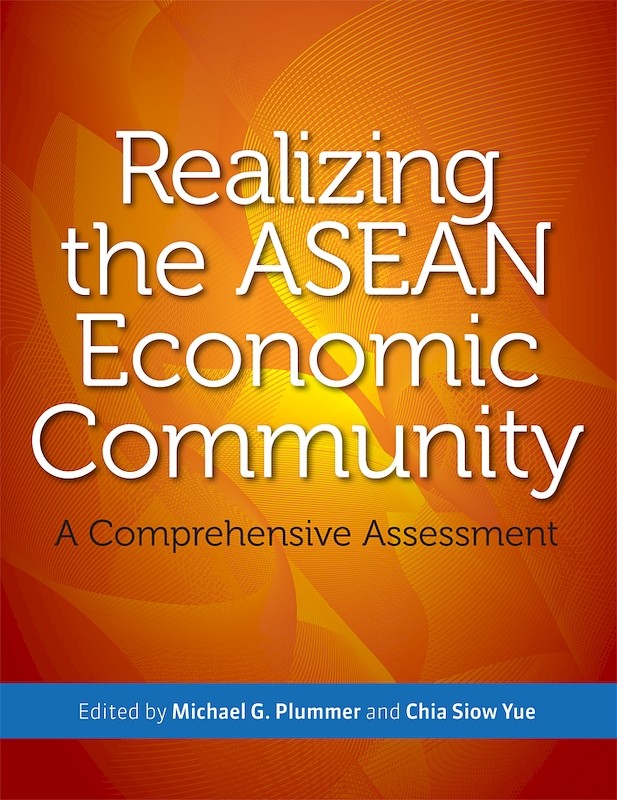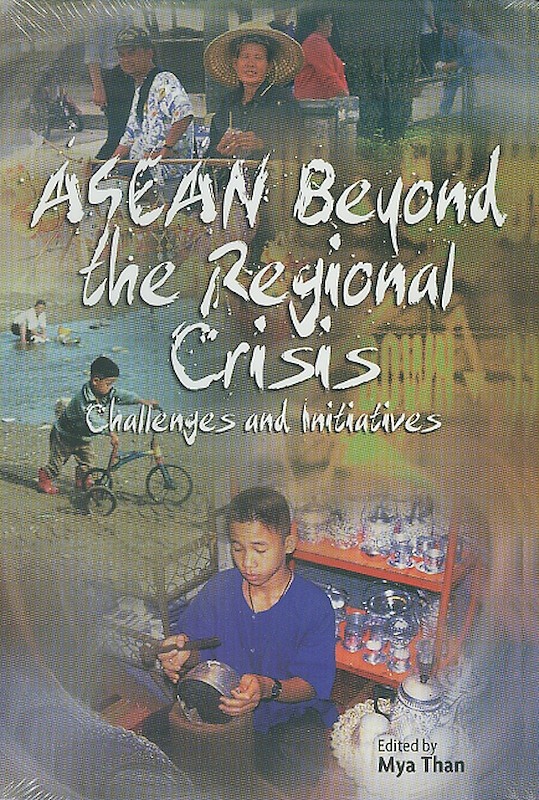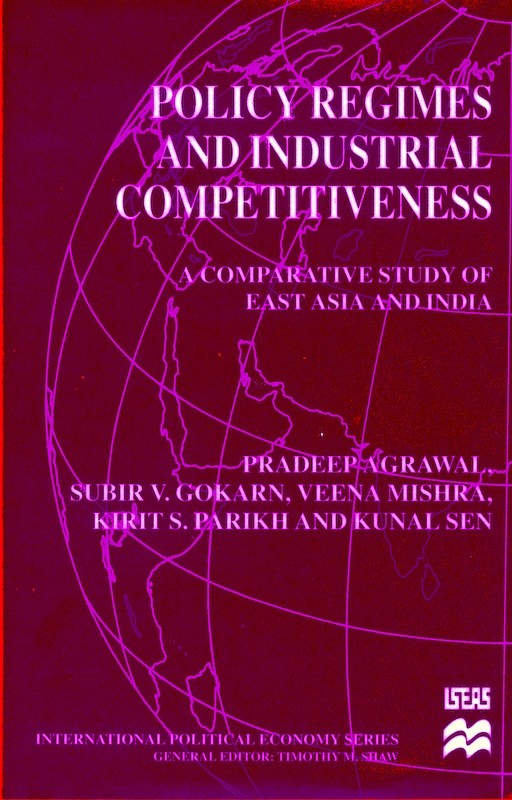Southeast Asia in the Global Economy: Securing Competitiveness and Social Protection

Reviews
"A number of authors have written about how Asian economies cope with globalisation and the phenomenal rise of the Asian powerhouses, India and China. However, this book is one of very few to cover both the economic and social challenges that Southeast Asian countries must confront amidst globalisation and the rise of India and China. The book provides a comprehensive discussion of competitiveness and social protection in Southeast Asia. This is an excellent book and I recommend it to all scholars who are interested in globalisation and the Southeast Asian region. It is one of very few books to cover both the economic and social dimensions of globalisation. I congratulate the authors for their thorough and meticulous analysis" (Bulletin of Indonesian Economic Studies).
About the publication
Co-publication: ISEAS / RSIS
ISEAS / RSIS
Contents
-
Southeast Asia in the Global Economy: Securing Competitiveness and Social Protection
[Whole Publication, ISBN: 9789812308245] -
Preliminary pages
-
Introduction: Southeast Asia in the Global Economy, by Helen E S Nesadurai, Soedradjad Djiwandono, authors
- PART I: SOUTHEAST ASIA/ASEAN AND THE ASIAN GIANTS
-
2. ASEAN and India: Exploring Complementarities, by Rahul Sen, Sadhana Srivastava, authors
-
3. ASEAN and China: Managing Competition and Exploring Complementarities, by Yunhua Liu, author
- PART II: SECURING INTERNATIONAL COMPETITIVENESS
-
4. Bilateral Economic Arrangements in the Asia-Pacific: Implications for Competitiveness
-
5. Technological Intensities and Network Strength: Electronics Firms in East Asia and Southeast Asia Compared, by Rajah Rasiah, author
-
6. Managing Labour for Competitiveness in Southeast Asia, by Chew Soon Beng , Rosalind Chew, authors
- PART III: COMPETITIVENESS AND THE SOCIAL DIMENSION
-
7. Labour Regulations in Southeast Asia: Boon or Bane for Competitiveness?, by Carolina S Guina, author
-
8. Social Security Policy in an Era of Globalization: Challenges for Southeast Asia, by Mukul G Asher, Amarendu Nandy, authors
-
9. Corporate Social Responsibility in Southeast Asia
-
Index






